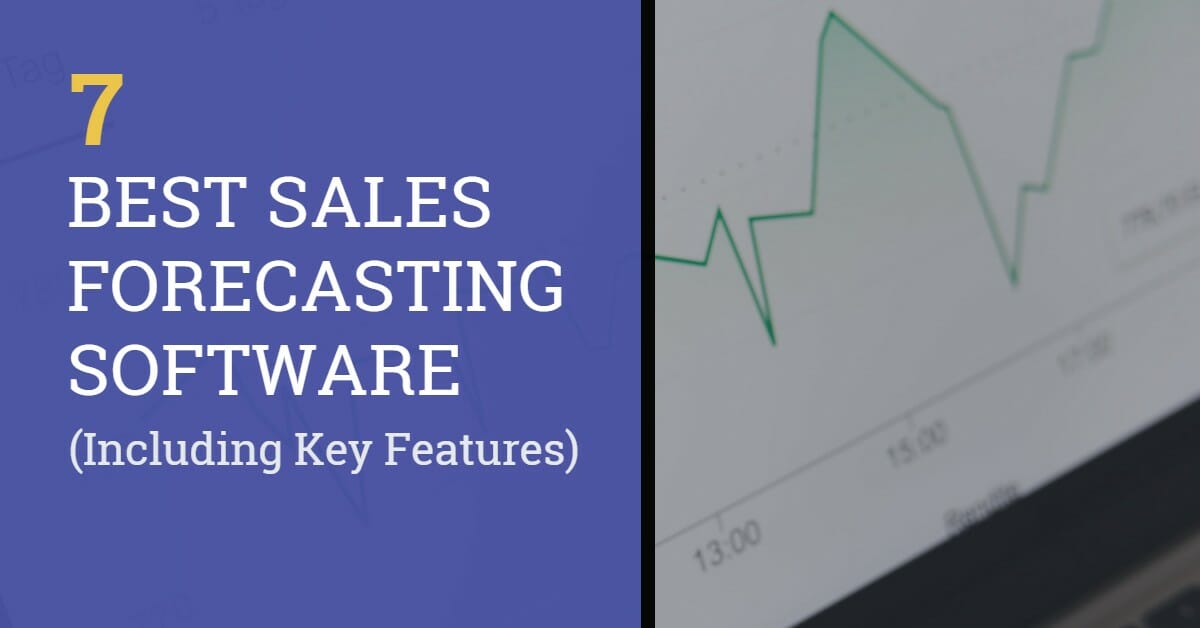The future of your business hinges on accurate predictions – and that’s where sales forecasting tools come in. In today’s dynamic market, relying on guesswork is a recipe for disaster. Effective sales forecasting isn’t just about estimating revenue; it’s about understanding customer behavior, market trends, and internal operational capabilities. Sales forecasting tools are increasingly vital for businesses of all sizes, enabling them to make informed decisions, optimize resource allocation, and ultimately, boost profitability. This article will delve into the world of sales forecasting tools, exploring different types, features, and how to choose the right one for your specific needs.
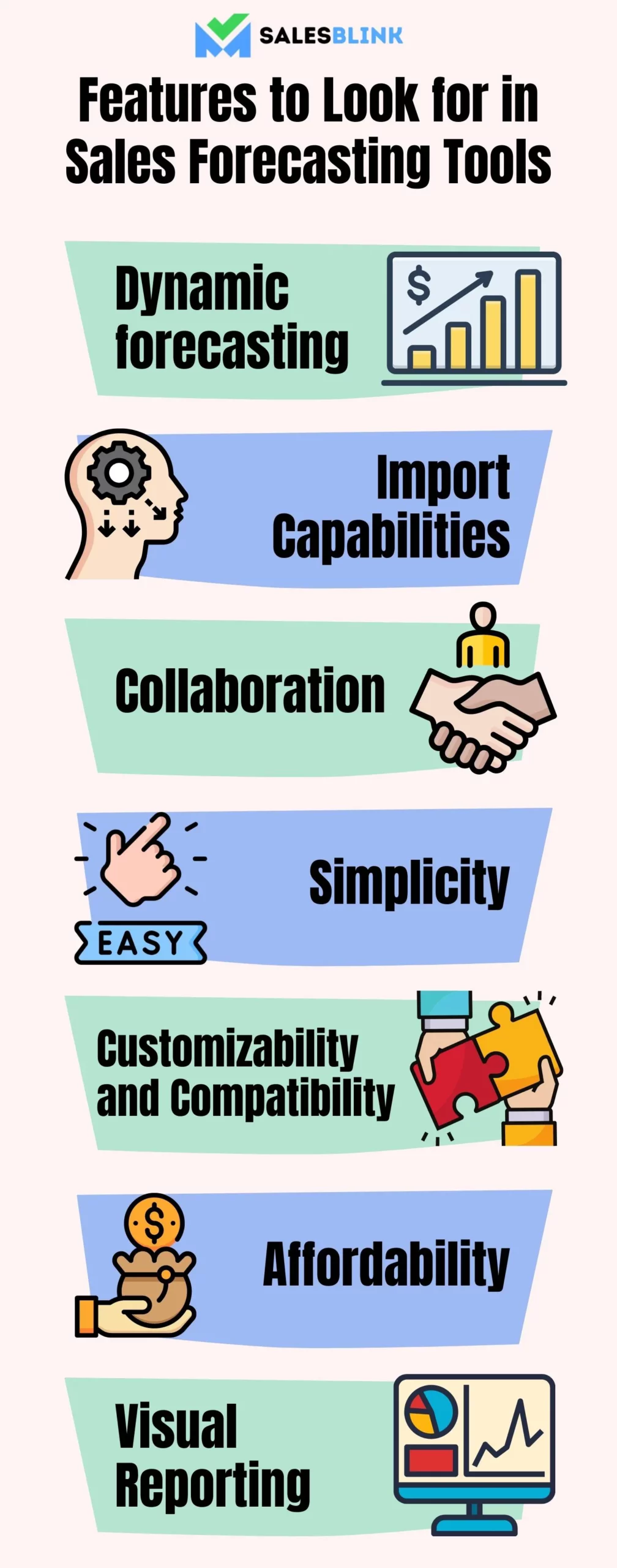
Understanding the Importance of Sales Forecasting

Before we dive into specific tools, it’s crucial to understand why sales forecasting is so important. Poor forecasting leads to missed opportunities, inefficient inventory management, and ultimately, lost revenue. Conversely, accurate forecasts allow businesses to:
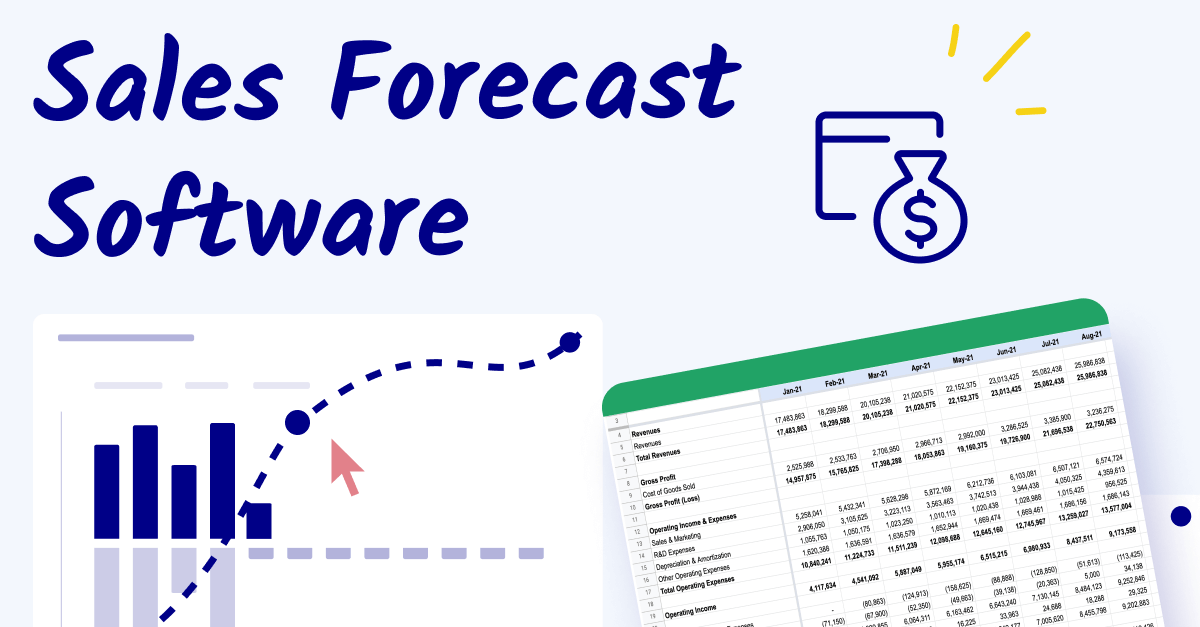
- Plan for Growth: Anticipate demand and adjust production, marketing, and staffing accordingly.
- Manage Inventory: Optimize stock levels to avoid overstocking or stockouts.
- Allocate Resources: Direct resources to the most promising opportunities.
- Improve Customer Service: Ensure adequate staffing levels to meet customer needs.
- Make Strategic Decisions: Base decisions on data-driven insights rather than intuition.
Many businesses struggle with forecasting due to a lack of visibility into their sales pipeline. Without a clear picture of where they stand, it’s difficult to react effectively to changing market conditions. Sales forecasting tools provide the necessary data and analytical capabilities to overcome this challenge.
.png)
Types of Sales Forecasting Tools
There’s a wide variety of sales forecasting tools available, each with its own strengths and weaknesses. Here’s a breakdown of some of the most popular categories:
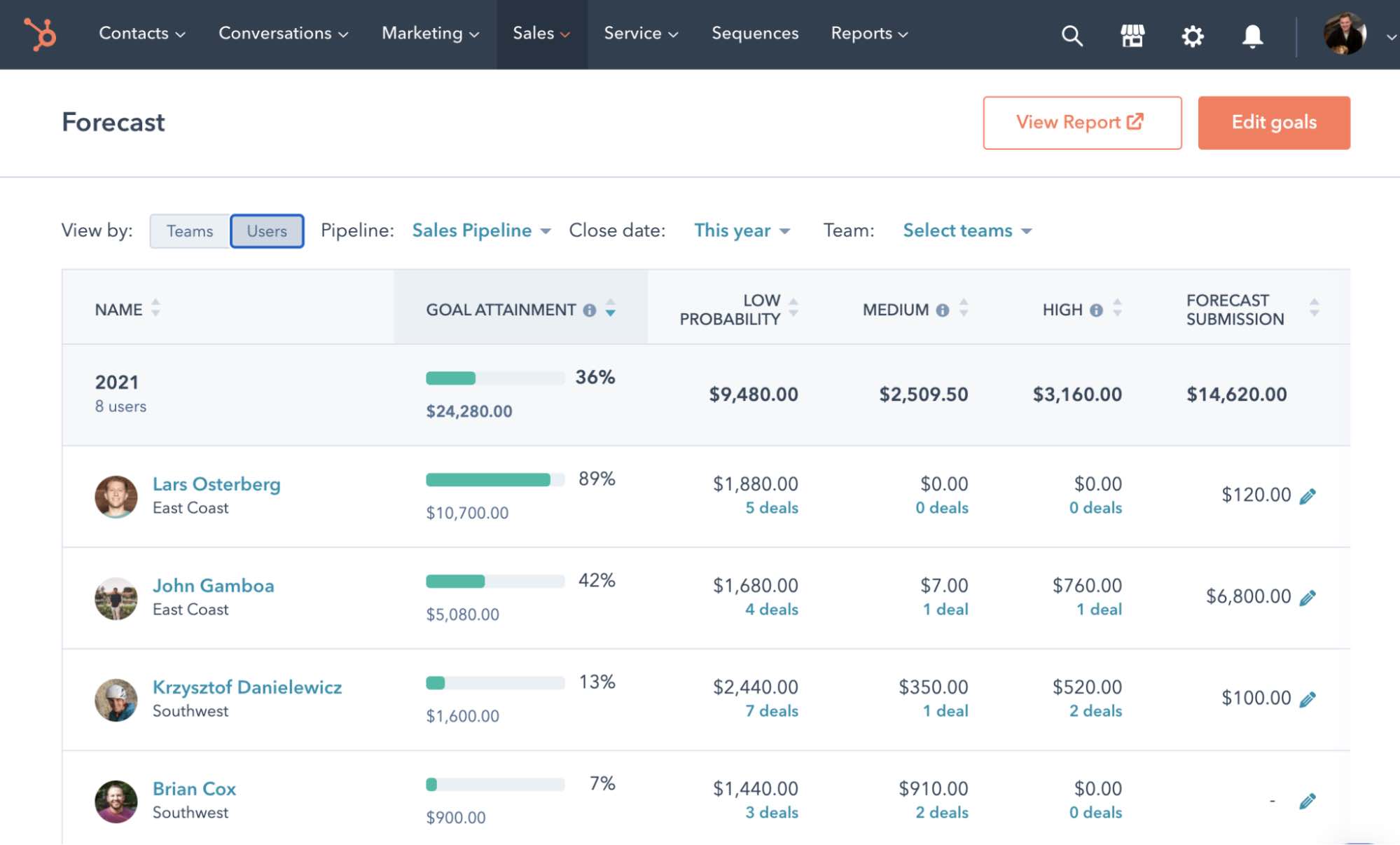
- Traditional Statistical Forecasting: These tools rely on historical data, statistical models, and regression analysis to predict future sales. They’re often used for businesses with relatively stable sales patterns. Examples include Excel-based forecasting models and specialized statistical software.
- Machine Learning (ML) Forecasting: These tools leverage artificial intelligence and machine learning algorithms to identify patterns and trends in data that traditional methods might miss. They’re particularly effective for complex, rapidly changing markets. Popular ML-based tools include those utilizing algorithms like time series analysis and neural networks.
- Sales Pipeline Forecasting: Specifically designed for sales teams, these tools focus on visualizing and managing the sales pipeline – the sequence of activities that lead to a sale. They often integrate with CRM systems to provide a holistic view of the sales process.
- Demand Forecasting Tools: These tools focus on predicting the demand for specific products or services. They are particularly useful for businesses with seasonal or cyclical demand patterns.
- Cloud-Based Forecasting Platforms: These platforms offer a range of features and integrations, making them a popular choice for businesses of all sizes. They’re typically more affordable than on-premise solutions.
Key Features to Look For in a Sales Forecasting Tool
Choosing the right sales forecasting tool requires careful consideration of your specific needs. Here are some key features to evaluate:
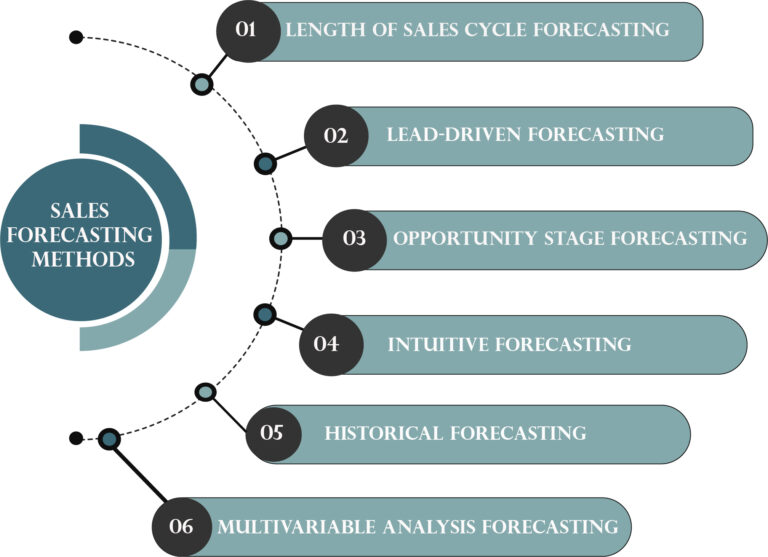
- Data Integration: Can the tool seamlessly connect to your CRM, accounting software, and other business systems?
- Data Sources: Does it support the data you need – sales data, marketing data, customer data, and more?
- Forecasting Methods: Does it offer a variety of forecasting methods – such as moving averages, exponential smoothing, and regression analysis?
- Scenario Planning: Can it help you model different scenarios – such as best-case, worst-case, and most-likely scenarios – to assess potential risks and opportunities?
- Customization: Can you customize the forecasting model to reflect your unique business processes and data?
- Reporting & Visualization: Does it provide clear and insightful reports and visualizations to help you understand your forecasts?
- User-Friendliness: Is the tool easy to use and navigate? A complex tool can be a barrier to adoption.
Popular Sales Forecasting Tools – A Quick Comparison
Here’s a brief overview of some popular sales forecasting tools:
.png)
- Salesforce Sales Cloud Forecasting: A robust and integrated solution, seamlessly connecting with Salesforce.
- Clari: A powerful, cloud-based forecasting platform known for its advanced analytics and AI capabilities.
- ForecastApp: A user-friendly, affordable option for small and medium-sized businesses.
- Dynatrace: A more complex, enterprise-level solution with advanced predictive analytics.
- Pipedrive: A popular CRM with built-in sales forecasting features.
(Note: Specific features and pricing vary significantly between these tools.)
Best Practices for Effective Sales Forecasting
Beyond selecting the right tool, implementing effective sales forecasting practices is equally important. Here are a few best practices:

- Gather Accurate Data: The foundation of any good forecast is accurate data. Ensure your data is clean, consistent, and up-to-date.
- Define Clear Objectives: What are you trying to forecast? What are your key performance indicators (KPIs)?
- Involve Key Stakeholders: Gather input from sales, marketing, and operations teams to ensure the forecast is realistic and aligned with business goals.
- Regularly Review and Update Forecasts: Sales forecasting isn’t a one-time process. Regularly review and update your forecasts based on new data and changing market conditions.
- Don’t Over-Forecast: It’s better to be slightly conservative with your forecasts than to over-promise and under-deliver.
The Future of Sales Forecasting – Trends and Innovation
The field of sales forecasting is constantly evolving. Several key trends are shaping the future of this technology:
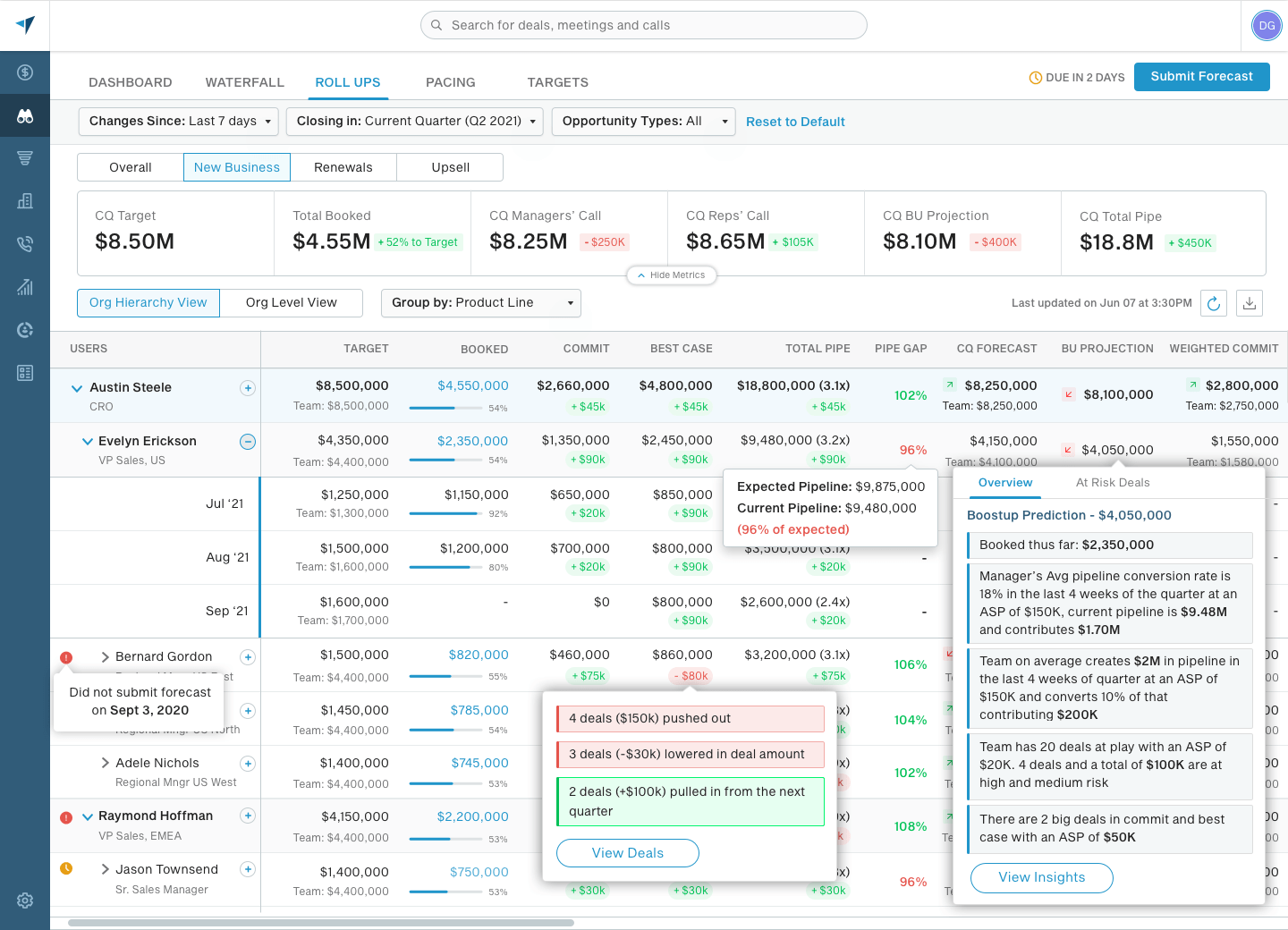
- AI and Machine Learning: AI and ML are becoming increasingly sophisticated, enabling more accurate and dynamic forecasts.
- Predictive Analytics: Businesses are moving beyond simple forecasting to predictive analytics, which uses data to anticipate future outcomes.
- Real-Time Forecasting: Tools are now capable of providing real-time forecasts, allowing businesses to react quickly to changing conditions.
- Integration with Other Business Systems: Seamless integration with other business systems, such as ERP and SCM, is becoming increasingly important.
Conclusion
Sales forecasting tools are no longer a luxury; they’re a necessity for businesses seeking to thrive in today’s competitive landscape. By understanding the different types of tools available, implementing effective forecasting practices, and embracing emerging trends, businesses can unlock valuable insights, optimize their operations, and ultimately, achieve greater success. Sales forecasting tools empower businesses to make data-driven decisions, leading to improved revenue, increased efficiency, and a stronger competitive advantage. Investing in the right tools and processes is an investment in the future of your sales organization.
